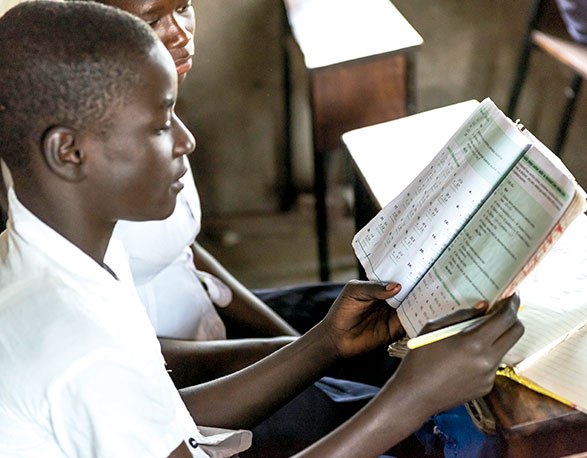The future of measuring children’s learning would be in electromagnetic sensors
By: Tania Valbuena
Photos:
Science and Tech

By: Tania Valbuena
Photos:
Often, during the learning process, children face cognitive difficulties. To understand these problems, often related to reading and writing, occupational therapists often resort to tests based on direct observations and manual statistical calculations. However, that demands a lot of time and resources and even information can be lost because sometimes, manual records do not incorporate systematized storage. These complexities, in turn, limit the access of vulnerable children to this type of monitoring.
To address this problem, a team of researchers of Universidad del Rosario proposed a technology to identify reading and writing difficulties in children, in an automated way and for little expense. It consists of a system based on electromagnetic sensors that, taking advantage of the Hall effect, accurately assesses patient performance.
The Hall effect is a potential difference (voltage) that is produced in a conductive or semiconductor material, whereby an electric current and a magnetic field are passed through (some sensors use this effect, particularly to measure proximity of another object). In addition, the project offers the ability to digitally store data collected on a permanent basis, preventing information from being lost with time.
According to UNESCO, six out of 10 children and adolescents present deficiencies in learning competencies. Likewise, an estimated 700 million children and adults in the world are, on account of these deficiencies, at risk of sinking into illiteracy and social exclusion for life.
In that sense, hand-eye coordination is one of the components that affect the reading and writing processes. Therefore, deficiencies in this relationship translate into failures, such as illegible writing and the inversion or disappearance of letters. Most Latin American children do not have access to learning assessments.
The proposed device to solve this problem, created by Daniel Quiroga Torres and members of the research group GiBiome from the School of Medicine and Health Sciences, would help reduce times and costs of literacy standard tests, particularly the one that evaluates eye-hand coordination.